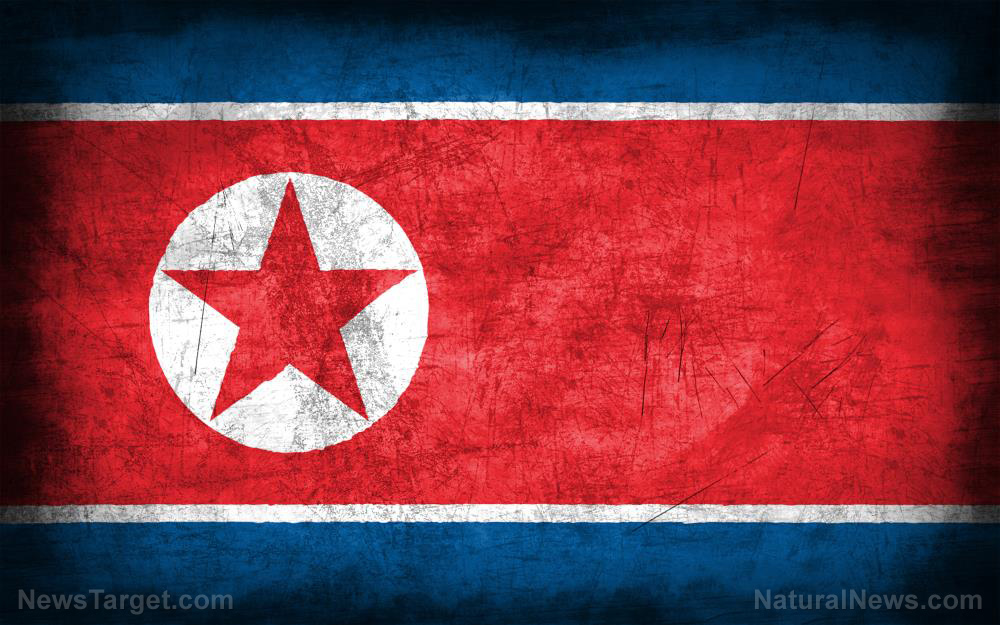
Peters added that families of the quarantined people come to the edge of the camps with food and health-related aids they obtain, whether medicines bought from the local markets or herbal home remedies. The activist also mentioned that his sources indicate “many in these camps have already died, not only from [COVID-19] but also from starvation and related causes.
Pastor David Lee, who works with North Korean defectors in Seoul, also reported that residents manifesting symptoms of coronavirus infection “are being forced into isolation, or being boarded up in their homes without food or other support and left to die.” Lee added that North Korean health authorities had little means to track the “ghost disease” – COVID-19’s name in the hermit nation – as they did not have the proper testing kits.
A third human rights activist from South Korea reported that authorities recently burned a number of bodies after a trader secretly doing business with China contracted the coronavirus. The activist, who obtained the information from a dissident broadcaster in North Korea, said central inspection authorities came from Pyongyang and incinerated the bodies.
The testimonies of Peters, Lee and the South Korean activist debunk reports that the country had no confirmed COVID-19 cases. However, the totalitarian country reported more than 5,000 “suspected” COVID-19 cases Nov. 3, following an Oct. 10 military parade where North Korean leader Kim Jong-Un thanked citizens for keeping the country free of the coronavirus.
A COVID-19 outbreak in North Korea would definitely prove to be lethal
Harvard Medical School lecturer Kee Park said it was plausible for North Korea to have kept the virus out, citing the totalitarian state’s early closure of its borders and the low number of COVID-19 cases in the bordering Chinese provinces. (Related: North Korea reveals supposed cure for Ebola, MERS, AIDS, cancer and more.)
However, he warned that the country could be devastated by a COVID-19 outbreak, with its isolation making things worse. “Should the virus enter [North Korea], some estimates put the death toll at 150,000 as a worst-case scenario,” Park commented.
Aside from its isolation from the world, chronic hunger makes the North Korean population more vulnerable to a COVID-19 outbreak. A United Nations estimate showed that two in five North Koreans are undernourished, with more than 70 percent of the population dependent on food aid. “Prevailing and chronic malnutrition … automatically and severely weakens the immune system” Peters said, adding that the rampant huger in North Korea was a “disaster waiting to happen.”
Pyongyang has implemented its own lockdown measures to ensure that the coronavirus does not enter North Korea: It has sealed its borders since January, temporarily closed schools and isolated thousands of its citizens.
In July, health authorities reported a suspected coronavirus case in Kaesong city, near the South Korean border. This prompted Kim to place the city under total lockdown; World Health Organization officials later said testing revealed the suspected case to be "inconclusive."
Later in September, North Korean soldiers shot dead a South Korean maritime official who attempted to cross the sea border -- following the totalitarian state's “shoot-to-kill” policy to prevent the entry of COVID-19. Seoul accused the North of burning the official's body at sea, a claim Pyongyang disputed by saying it only burned floating debris the official had been in contact with. (Related: Is North Korea preparing for a devastating Anthrax attack on South Korea?)
No official data is available for North Korea’s COVID-19 caseload, fatalities or recoveries.
Stay updated with the latest about the ongoing coronavirus pandemic at Pandemic.news.
Sources include:
Please contact us for more information.























